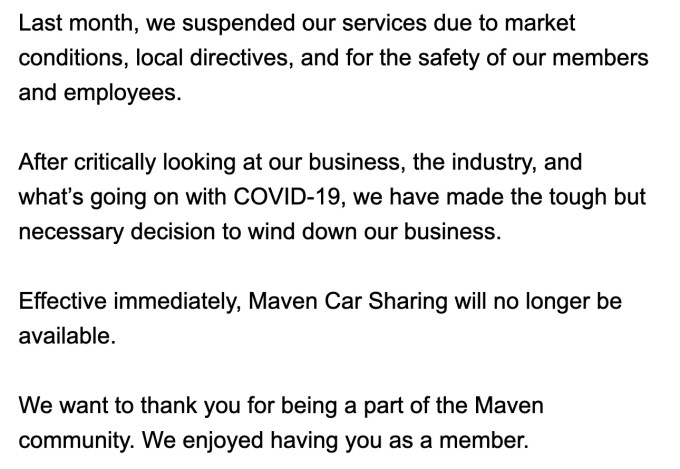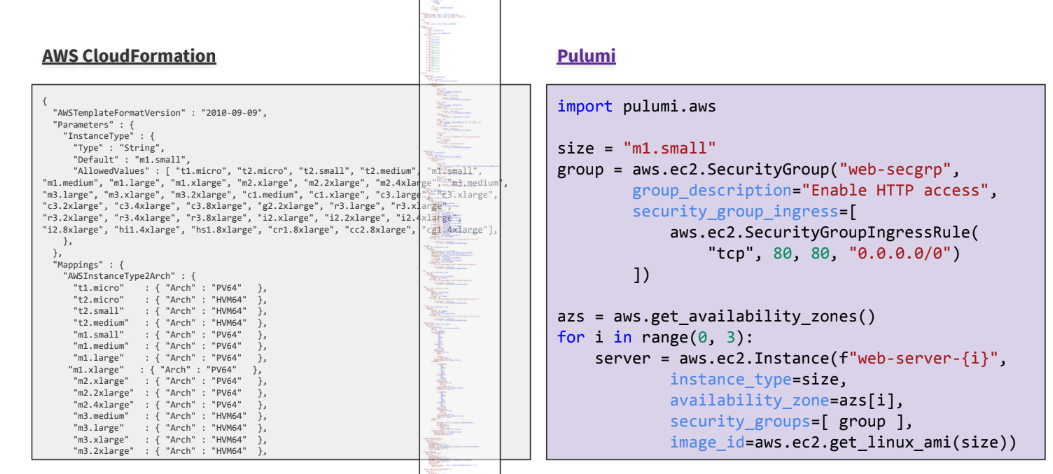Trading and IPOs on the New York Stock Exchange will continue through any economic tremors the COVID-19 crisis may cause.
That’s according to the NYSE’s Vice Chairman, John Tuttle, who spoke to TechCrunch on business continuity and how the coronavirus pandemic could impact future operations of the world’s largest stock market.
Like much of the business universe, COVID-19 has induced some never-before events for the securities exchange, while testing the 228 year old organization’s tech and contingency planning.
During the second week of March — when U.S. coronavirus cases spiked and an outbreak appeared inevitable — markets began to react to the economic damage COVID-19 could cause.
For the remainder or March, trading on the NYSE was halted an unprecedented four times after market drops triggered internal circuit breakers put in place to stem panic selloffs.
After the DOW lost 30% of its value, there was fear of a sustained stock free-fall and calls from many corners — including big tech and Congress — to shutdown U.S. stock markets.
Simply turning off the trading switch for a company with over 2000 company listings wasn’t an option then and is an unlikely one moving forward, for a number of reasons, according to Tuttle.
“It’s incredibly important to keep the markets open during this period. While people may not like the prices…they know that they can access the marketplace,” he told TechCrunch on a call.
Equities trading goes beyond 401(k) valuations, he noted, to serve a broader function to companies, investors and and the economy — namely that of providing liquidity and access to capital.
“The ability as an institutional investor or an individual investor to exchange your shares for cash or cash for shares is incredibly important to maintaining confidence in the financial marketplace,” he said.
For companies, a market shutdown would “limit their opportunities to access the capital they need to keep their businesses functioning,” according to Tuttle.
He noted that since the U.S. COVID-19 outbreak, two NYSE listed companies — Slack and Carnival Cruise Lines — have tapped debt and equities markets for funding.
Rather than shutdown completely, the New York Stock Exchange has closed its 11 Wall Street location and trading floor to all but a skeleton crew. NYSE staff continue to operate on a remote basis, with traders accessing the exchange’s systems and virtual board electronically.

Image Credits: Spencer Platt/Getty Images
The organization has an internal engineering team and has developed its own platform for trading and communications, according to Tuttle.
“Our philosophy is we want to design, build and own the technology that powers our marketplace,” he said.
The NYSE will continue to manage any market volatility caused by the COVID-19 pandemic through the circuit-breaker system — implemented by the SEC for large U.S. trading platforms after the Black Monday stock crash of 1987.
There are three circuit-breaker thresholds that switch on — and automatically pause trading — for significant declines in the S&P 500’s previous day value: a Level 1 (for a 7% drop), Level 2 (at 13%) and Level 3 (at a 20% decline), per info provided to TechCrunch by the NYSE.
“They are in place as protection to our markets. I think that’s an important part of the U.S. marketplace… we’ve built a system where we can be open rain or shine. Good or bad and allow people and firms access to capital,” said Tuttle.
On raising funds through public listings, the NYSE’s remote work scenario hasn’t restricted that option.
“When it comes to the IPO pipeline…we are open for companies to access the marketplace and we can execute IPOs in a purely electronic manner. We can even do it in a completely remote manner,” said Tuttle.
He noted that the listing market had pretty much ground to a halt, since the COVID-19 outbreak in the U.S.
“But we have seen companies that are less impacted by the macro environment continue to move forward with their IPO plans,” Tuttle said.
“Some of the healthcare and biotech companies that are in the pipeline are still planning to come to market in the relatively near term.”
The NYSE is evaluating on a day to day basis the physical re-opening of the trading floor and returning the bulk of its staff to 11 Wall Street.
“We’re going to continue to monitor events and when we feel like we can bring people back and we’re comfortable with their safety and well-being, we’ll open,” said Tuttle.
Whenever that occurs — from an operating perspective — the NYSE is likely to join a list of companies that pivot to a more remote work stance post COVID-19.
“Historically, we are a New York, Wall Street, work from the office type company. In a very short period of time we shifted to a 100% remote company,” said Tuttle.
“That’s something of a transformation in New York Stock Exchange that for the first time in 228 years we’ve operated the markets and the company remotely.”








